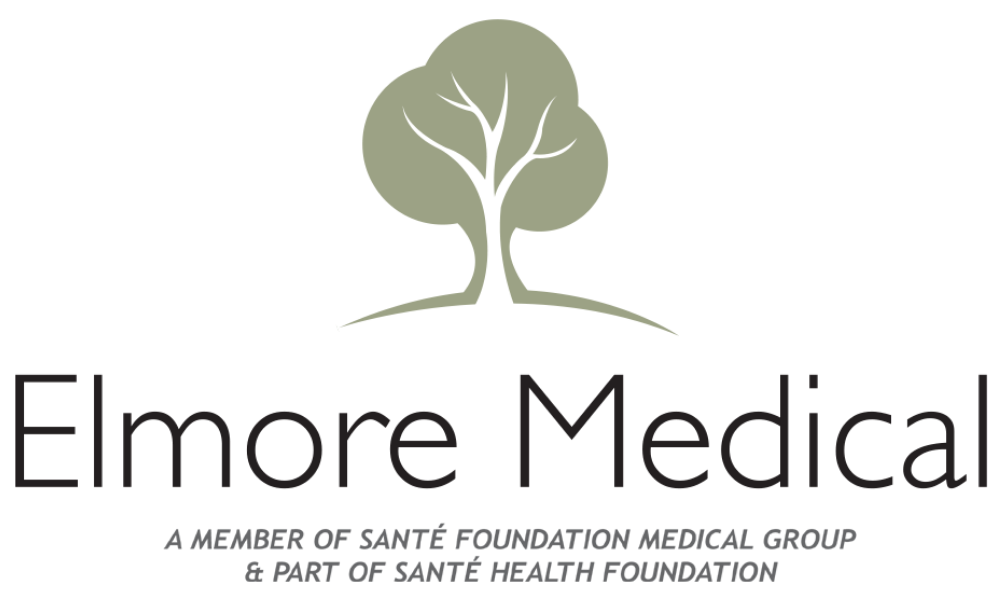Understanding How Tobacco Use Affects the Venous System
Smoking is a well-documented cause of numerous health problems, including lung disease, heart disease, and cancer. However, its effects on vein health often go unnoticed. The venous system, which is responsible for carrying deoxygenated blood back to the heart, is vulnerable to the harmful chemicals in tobacco. In this article, we’ll explore how smoking impacts vein health, the long-term consequences for the venous system, and steps you can take to mitigate the damage.
How Smoking Harms Veins: A Closer Look
Smoking introduces thousands of chemicals into the body, including nicotine, carbon monoxide, and tar. These substances have a direct and detrimental impact on the veins in several ways:
Nicotine and Vasoconstriction
Nicotine causes blood vessels to constrict, reducing blood flow throughout the body. For veins, this can mean a restriction in blood flow towards the heart and lungs.
Carbon Monoxide’s Role in Impaired Circulation
Carbon monoxide reduces the oxygen-carrying capacity of red blood cells, meaning less oxygen reaches the tissues, including vein walls. Over time, this lack of oxygen can weaken veins, making them less elastic and more prone to damage.
Chronic Inflammation
Smoking triggers chronic inflammation throughout the body, including in the veins. Inflammation can damage vein walls, leading to conditions such as chronic venous insufficiency (CVI) or even deep vein thrombosis (DVT).
Visible Signs of Smoking’s Impact on Veins
The effects of smoking on the venous system can often manifest visibly. Some common signs include:
Varicose Veins: Smoking damages vein walls and valves over time, making it harder for blood to flow upward, leading to twisted, bulging veins.
Spider Veins: While typically harmless, these small, web-like veins can indicate underlying venous insufficiency worsened by smoking.
Discoloration: Reduced blood flow and oxygen deprivation can cause the skin around the ankles and legs to become discolored.
The Connection Between Smoking and Venous Disorders
Over time, smoking significantly increases the risk of developing serious venous conditions.
Chronic Venous Insufficiency (CVI):
In CVI, damaged vein valves prevent blood from flowing efficiently back to the heart, leading to symptoms such as swelling, pain, and skin ulcers. Smokers are at a higher risk because the chemicals in cigarette smoke weaken valve function and decrease elasticity in vein walls.
Deep Vein Thrombosis (DVT):
Smoking thickens the blood, making it more likely to clot. When clots form in the deep veins, they can cause life-threatening complications if they travel to the lungs (pulmonary embolism).
Peripheral Artery Disease (PAD):
Although PAD affects arteries rather than veins, it’s worth noting that smoking damages both veins and arteries. Many smokers may suffer from peripheral arterial disease along with chronic venous insufficiency, which makes these conditions more complicated to treat.
Why Vein Health Matters for Overall Well-Being
Healthy veins are essential for maintaining proper circulation, which is critical for delivering nutrients and oxygen to tissues and removing waste products. When veins are compromised, it can lead to:
Chronic pain and swelling in the legs.
Reduced mobility due to discomfort and fatigue.
Increased risk of skin infections and ulcers.
Tips to Protect Your Vein Health: Breaking the Smoking Habit
If you’re concerned about the impact of smoking on your veins, quitting is the most effective step you can take. Here’s how to start improving your venous health:
Seek Professional Help:
Enroll in smoking cessation programs, which often combine counseling, support groups, and nicotine replacement therapies to help you quit effectively.
Stay Active:
Physical activity promotes healthy blood flow and reduces the risk of blood pooling in the legs. Even simple activities like walking or stretching can have a positive impact.
Adopt a Healthy Diet:
A diet rich in antioxidants, fiber, and omega-3 fatty acids can counteract some of the damage caused by smoking. Vitamin C, in particular, helps strengthen vein walls and improve circulation.
Hydrate:
Smoking dehydrates the body, making blood thicker and more prone to clotting. Drinking plenty of water supports proper blood flow and reduces strain on the veins.
Wear Compression Stockings:
For those with visible signs of venous damage, compression stockings can help improve circulation and reduce swelling. People with signs of peripheral arterial disease should consult a vascular specialist before wearing compression stockings.
How Vein Specialists Can Help
If you’re experiencing symptoms of vein damage or are concerned about your venous health, consulting a vein specialist is a crucial step. Modern treatments for venous disorders include:
Endovenous Ablation: A minimally invasive procedure that closes damaged veins.
Sclerotherapy: Injection-based treatment to shrink and seal problematic veins.
Conclusion
The impact of smoking on vein health is significant but not irreversible. Quitting smoking and adopting healthier habits can improve your venous system’s function and overall circulation. For those already experiencing symptoms, seeking medical intervention can provide relief and prevent further complications. Your vein health plays a vital role in your overall well-being, and taking proactive steps today can lead to a healthier tomorrow.
If you’re ready to take control of your vein health, consider speaking with a vein specialist to explore treatment options and start your journey to recovery. Your veins—and your entire body—will thank you.
Elmore Medical Vein & Laser Treatment Center is the premier vein specialty medical practice in the Central Valley. Dr. Mario H. Gonzalez and his staff offer years of experience and medical expertise that you won’t find anywhere else. Contact us to set up a consultation appointment.

